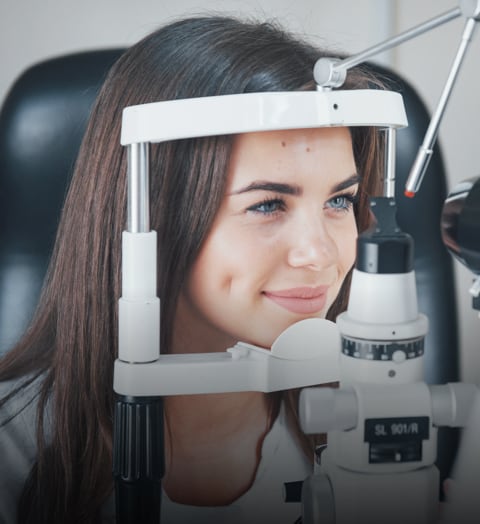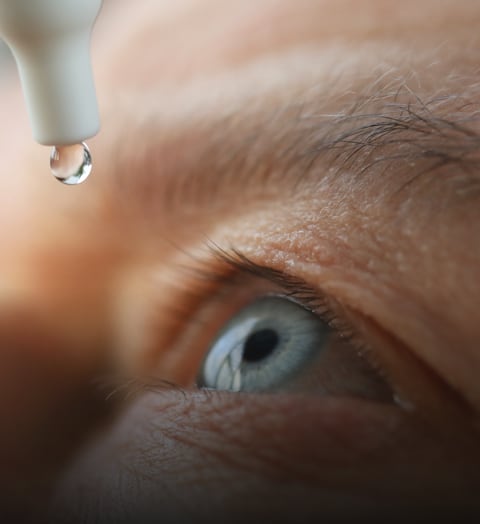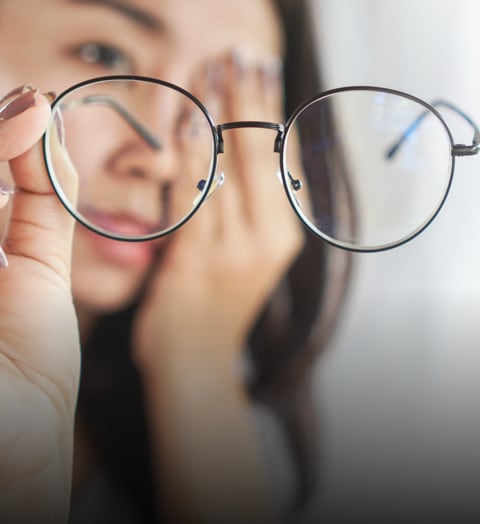Fighting Eye Disease Starts with a Routine Exam
Your regularly scheduled eye exam goes so far beyond finding any glasses prescription you may need. Eye exams allow us to see the hidden world inside your eye. The information we find can help protect you against eye diseases that, if left unchecked, could result in vision loss.
Take charge of your visual health and protect your eyesight with the help of our passionate team of eye care professionals. Visit us to safeguard your sight.
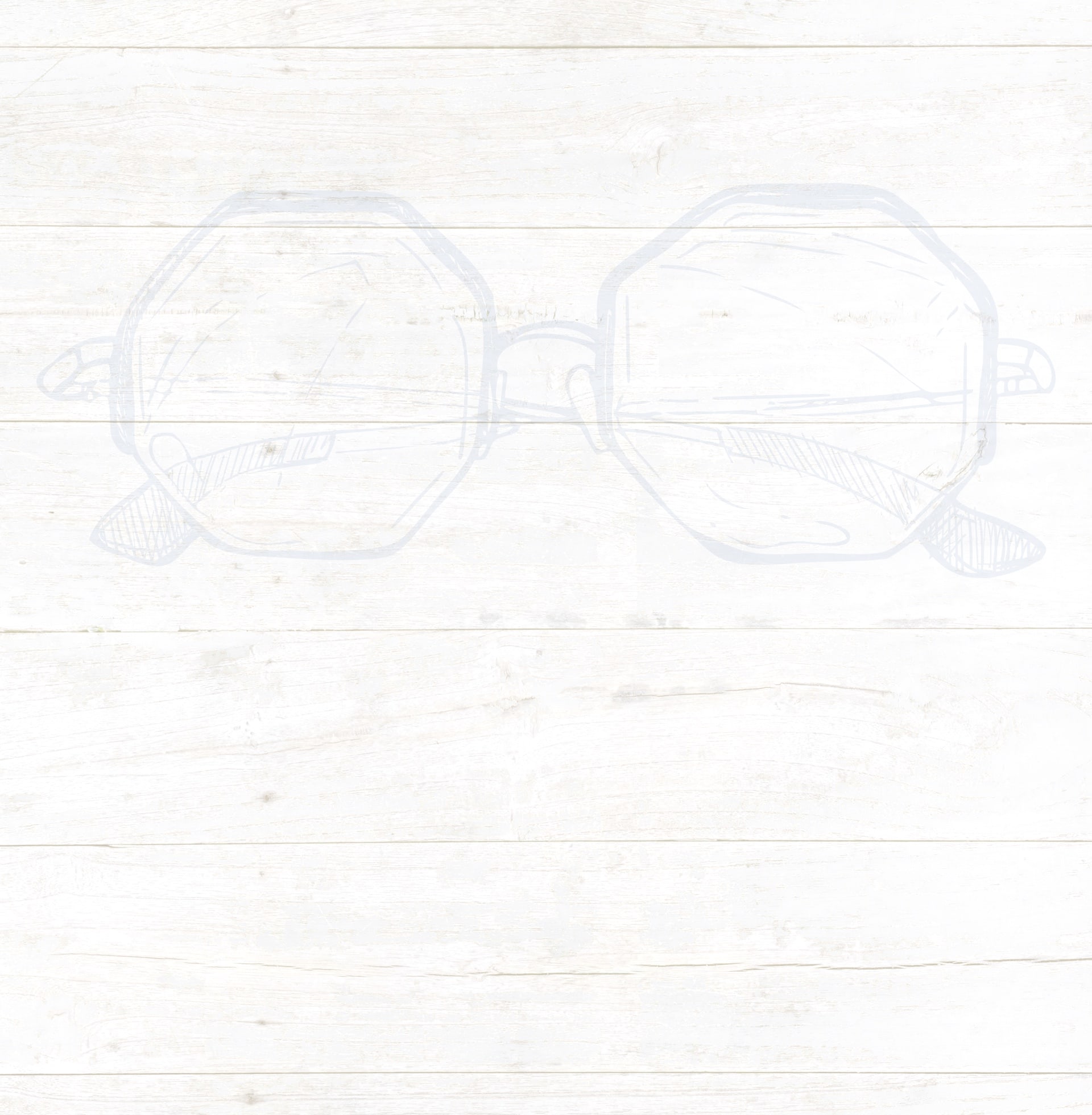
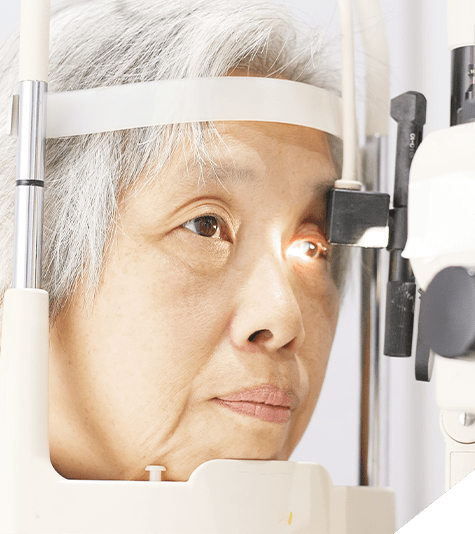

Symptoms Worth Watching For
Regular eye exams are the best way to protect your sight, but book an appointment to have your eyes checked if you notice any of the following symptoms:
- Sudden vision loss
- Change in iris color
- Crossed eyes
- Dark spots in your vision
- Problems with eye focus
- Double vision
- Eyes that itch or burn
- Episodes of cloudy vision
- Excess discharge or tearing
- Eye pain
- Floaters or flashers
- New or growing bumps on the eyelid
- Halos (colored circles around lights) or glare
- Hazy, veiled, or blurred vision
- Inability to close an eyelid
- Peripheral vision loss
- Sudden trouble with your night vision
- New or unusual light sensitivity
- Wavy or crooked appearance to straight lines
Common Eye Diseases
Glaucoma
Glaucoma is used to describe a cluster of conditions that affect the optic nerve. Many types of glaucoma show no symptoms until they have damaged your vision, which has earned the disease the ominous nickname “the silent thief of sight.”
Thankfully, routine eye exams can help us diagnose and manage glaucoma before damage sets in. At OPT Optometric, we use a test called Goldmann applanation tonometry to test the inner eye pressure and search for signs of glaucoma.
Cataracts
Cataracts are a clouding of the eye’s lens that can interfere with vision. They occur most often with age—nearly half of Americans have cataracts by age 75—but they can appear in younger people as well.
Signs of cataracts include:
- Blurry vision
- Dim or dull color vision
- Light sensitivity
- Double vision
Fortunately, cataracts can be treated. For milder cataracts, your glasses prescription may be adjusted. For more severe cataracts, there’s a surgical treatment that’s quite common and has a high success rate.
Age-Related Macular Degeneration (AMD)
Age-related macular degeneration (AMD) is a disease that affects the macula, a small, sensitive spot on the retina that’s responsible for the details of our vision. According to the Center for Disease Control (CDC), it’s the leading cause of vision loss in Americans 65 and older.
Symptoms of AMD include:
- Gradual loss of clear vision
- Distorted shapes & objects
- A dark or empty area in the center of your visual field
- Straight lines looking wavy or crooked
- Dim or weakened color vision
There are 2 types of AMD: wet AMD, and dry AMD.
Dry AMD is the most common form of the disease and has very few early symptoms. It occurs when the macula thins with age. There are no treatments for dry AMD, but preventative measures like a healthy diet, avoiding smoking, and certain supplements and vitamins can help stave off AMD.
Wet AMD is less common but causes more rapid vision loss. It’s a later-stage form of the disease that results from abnormal blood vessel growth damaging the macula. There are treatments for wet AMD, like injections and photodynamic therapy.
Conjunctivitis
Conjunctivitis is more commonly called pink eye. There are 3 types of conjunctivitis: infectious (from bacteria or viruses), allergic (caused by allergens), and chemical (caused by irritants).
Symptoms of conjunctivitis can look like:
- Redness in 1 or both eyes
- Itchy eyes
- A feeling of grit in the eyes
- Eye discharge (can be stringy, watery, or pus-like)
- Waking up with crusted over eyes
- Watery eyes
Treatments vary by type, and a visit to the optometrist can help determine what kind of conjunctivitis you have. You can manage conjunctivitis by maintaining proper eye hygiene: don’t touch your eyes, use clean linens and towels, and don’t share personal items. Don’t wear contact lenses when recovering from conjunctivitis, as they can aggravate the eye further.
Diabetic Eye Disease
Diabetes can affect your vision and lead to eye complications, including diabetic retinopathy and diabetic macular edema. Having diabetes is also a risk factor for developing other eye diseases.
Visit our diabetic eye exam page for more information about the key role your optometrist plays in your diabetes management plan.
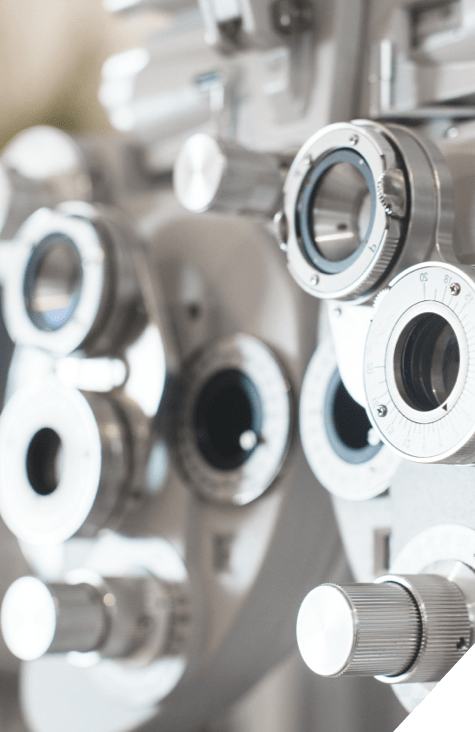

Our Location
We are proudly located in the Mission district.
A bike lock station is located in front of our office. We are a short walk from the 24th Street/Mission BART Station, or metered street parking is available.
To ensure the best one on one experience we are currently scheduling appointments for all in office visits.
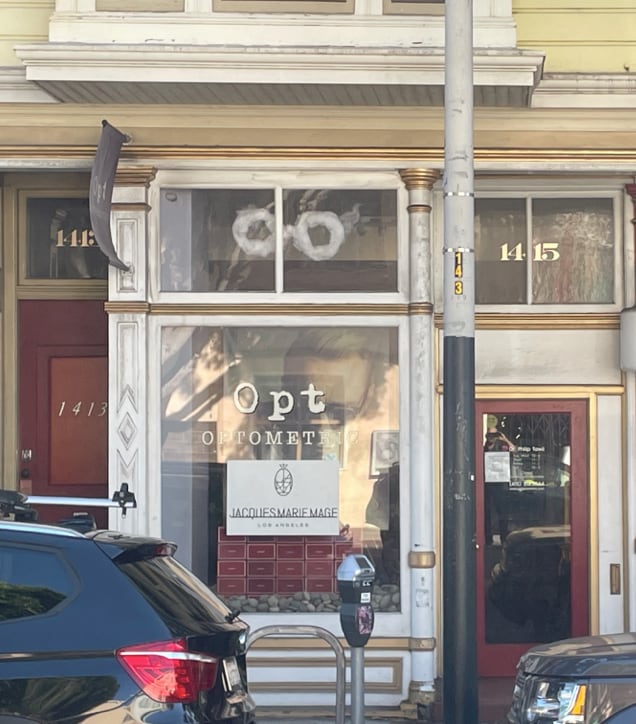
Our Location
- 1415 Valencia St.
- San Francisco, CA 94110
Contact Information
- Phone: (415) 814-2564
- Fax: (415) 796-2605
- Email: opt.optometric@gmail.com
Hours Of Operation
- Monday: Closed
- Tuesday: 10:00 AM – 6:00 PM
- Wednesday: 10:00 AM – 6:00 PM
- Thursday: 11:00 AM – 7:00 PM
- Friday: 11:00 AM – 7:00 PM
- Saturday: 10:00 AM – 5:00 PM
- Sunday: Closed

Our Brands








Google Reviews



